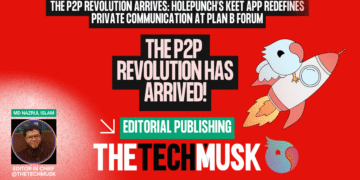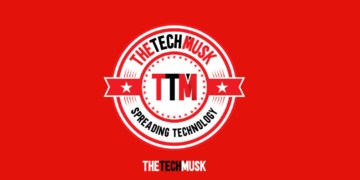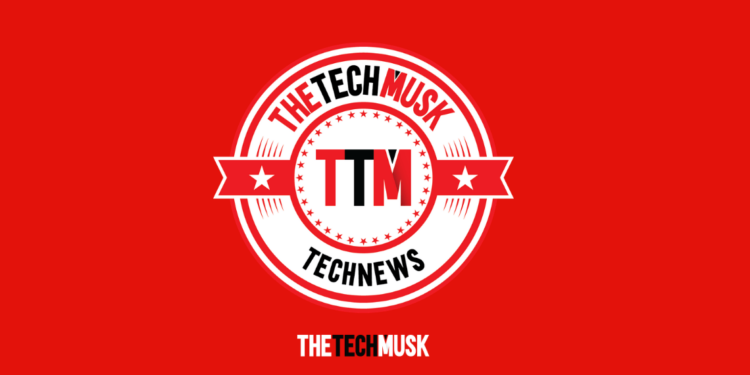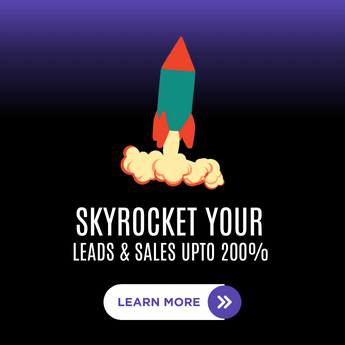You may have heard about Augmented Reality. This technology is about to have an interactive experience in visuals, auditory, etc., through multiple sensory modalities that augment analytics can generate through computers. Meanwhile, augmented analytics also a new term, invented to decrease the work time of data scientists.
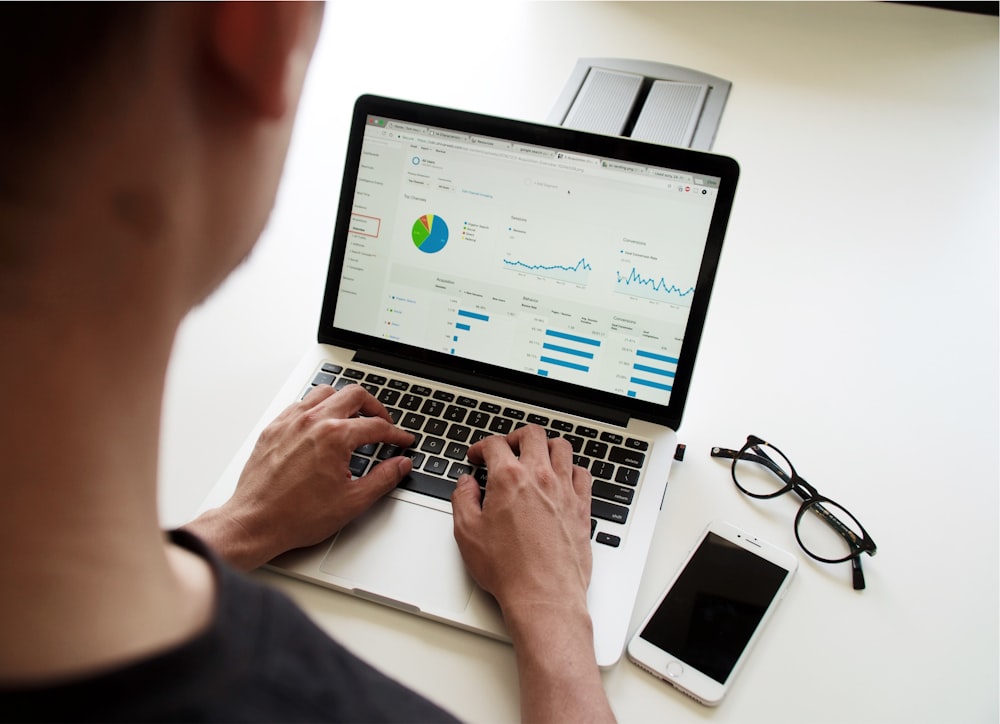
Augmented Analytics in Short
In general, the augmented analytics brings an alternate way of operating data analytics. It not only makes this operational process automatic but also goes through machine learning and natural language processing. Well, you may have many questions regarding this issue. Let’s focus on why we all feel this can bring us much excellence in analytics, especially in human resource management in business.
With building one of the fastest-growing markets, augmented analytics is going to surprise with the high efficiency and a lot of capabilities. The development pushes the HR field in several ways as well as a combined value in business aspects. In this ton-of-stored-data era, keeping your business information protected; using these for different cases manually is a bit tough. Due to the rapid-rising of data volumes across the globe, efficient data analysts, scientists have a global demand in almost every company.
Augmented Analytics in Human Resource
It is the most challenging task for any company to keep its brand value increase. Also, to extract deep insights about their workforce, predictive future, competitors through data analytics.
Specifically, in the HR department, why does it put and bring values, right? Building your business’s analytical model is one of the most expensive in budget planning. Unless a potential team with million-worth analyst recruitment, things are tough nowadays. Augmented analytics provides you here meaningful and actionable insights.
Advanced technology has provided us many cool pieces of stuff in today’s modern world. What if we want our job to do by the bot or data processing can augment analysis like as our perspective? Fortunately, it is possible. Augmented analytics is a branch of data science that can proceed with data and automate the insight generation process by some cognitive technologies.
Three major components here are:
-Machine Learning
-Natural Language Processing
-Insight Automation

Effectiveness Behind These Components
For decreasing the application of having human coders and let them have a time-saving-slot, machine learning has introduced rule-based programming. Machine learning-powered augmented analytics in HR can provide better and deep insights within their analytical model process.
Besides, natural language processing is also relevant to HR as it’s an alternative way of data collection rather than having HR experts with data science experienced individuals. NLP has a unique feature that can produce insights full of human-readable format.
On the other hand, insight automation has taken over the duty and rehabilitate the data analysts from doing the long tiring works. For a data analyst, around 20% of work devotes to collecting data. Moreover, the majority of the time doing the conventional analytics model. Alongside, the professionals experienced in data science can focus on building a training module and able to refine analytics programming and algorithms. It declines most of the traditional workload of HR professionals which individuals carry. Besides, HR has only a duty to insert the correct information into the system for getting the most efficient and deep insights.
Conclusion
This advanced analytical system is undoubtedly an area full of research and innovation. The global market of augmented analytics is predicted to cross 22 billion USD in the next five to six years globally. Also, it grows every at a rate of around 25% each year that shows the promising-development character of it. Therefore, predicted to be one of the fastest-growing disruptive HR technology.


